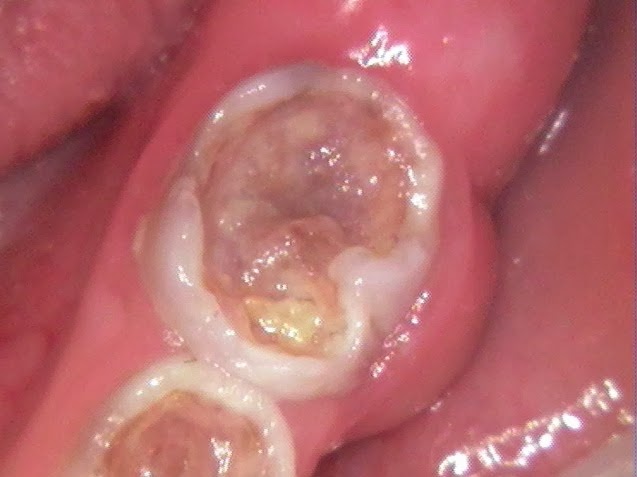Developmental Milestones

Developmental milestone charts are everywhere at your doctor’s office. You know exactly when your baby is going to crawl, take their first step, and what their weight is supposed to be and you probably wait for that special day when you hear their first words. But vital information is missing from these lists. When are they supposed to get their first teeth? How many are they supposed to have and what do you do if their teeth are spread apart or begin to decay. In the womb, when everything else is developing, their first teeth begin to also grow. Your baby, when born, actually has what are called, “tooth buds,” says Dr. Cameron Fuller , pediatric dentist at Pediatric Dentistry of Redlands and Associates. It is not very common for babies to be born with a tooth or two however; it is not unheard of. Typically, the development of their first teeth breaks skin at seven or eight months. You may see the tip of a tooth as early as three months or as late as one year. Th






